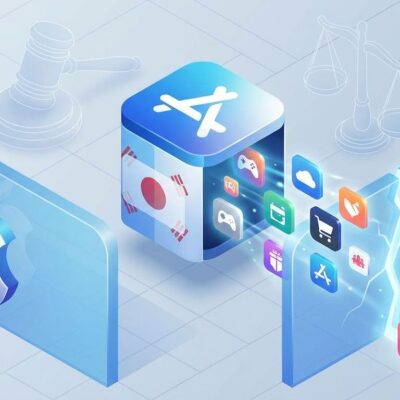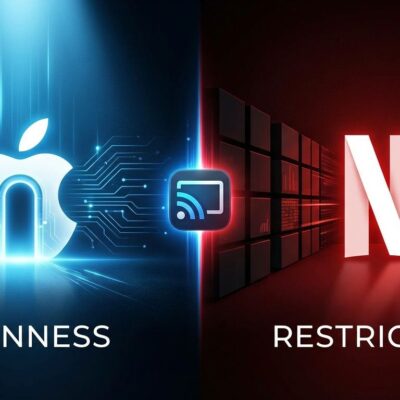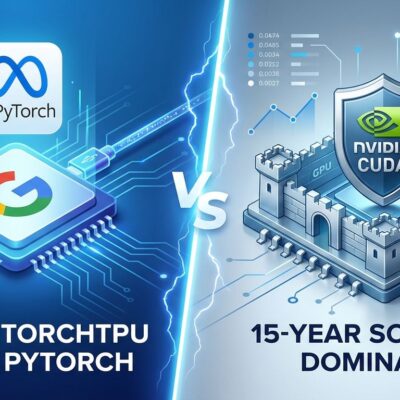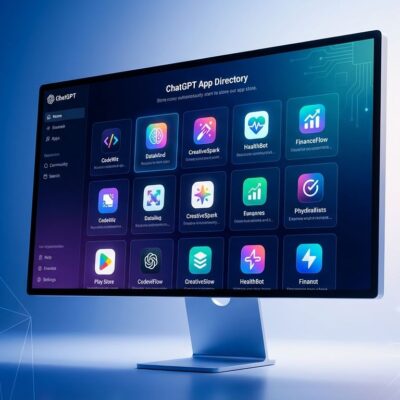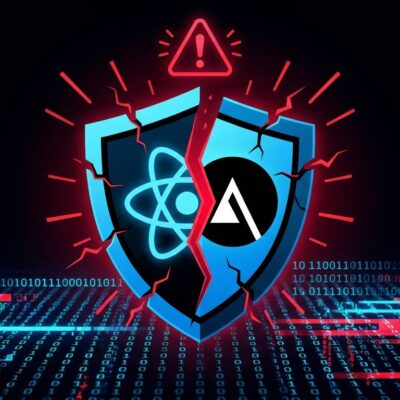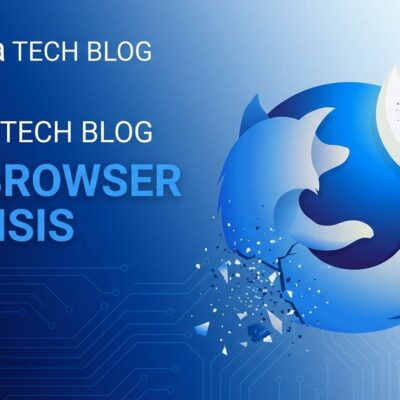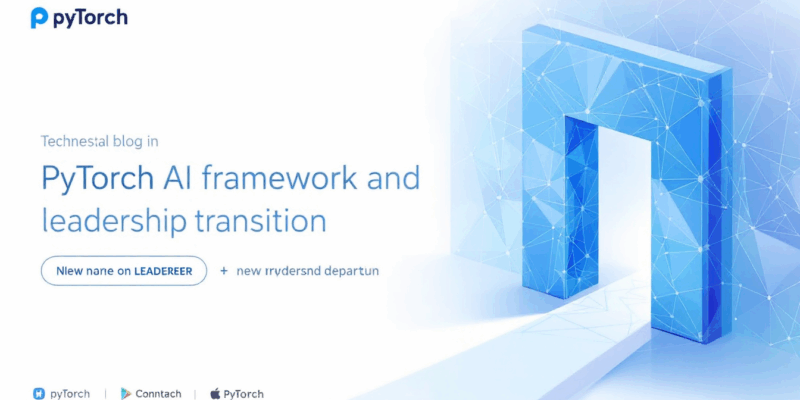
On November 6, 2025, Soumith Chintala announced he’s leaving Meta after 11 years and stepping down from leading PyTorch after nearly eight years. The creator of the ML framework powering 90% of AI—from ChatGPT to Claude to virtually every major foundation model—is walking away from what he describes as “one of the AI industry’s most leveraged seats.” His next move? “Something small.”
The Power He’s Leaving Behind
Let’s be clear about what Chintala is giving up. As PyTorch lead, he had every major AI company and hardware vendor on speed dial. He led the software layer powering the entire AI industry. PyTorch’s reach is near-total: 90% adoption in AI research and production, from OpenAI’s models to Meta’s recommendation systems to classrooms from MIT to rural India.
In his announcement, Chintala writes: “It’s very hard to leave. I probably have one of the AI industry’s most leveraged seats… This kind of power is really hard to give up. But curiosity ultimately won out in my head.” That’s not standard exit language. Most departures emphasize new opportunities or natural transitions. Chintala is admitting he’s walking away from extraordinary influence by choice, driven by what he calls “counterfactual regret”—the fear of never knowing what he could have built outside Meta.
The Year-Long Succession Plan
However, this wasn’t an abrupt exit. Chintala began planning his departure in November 2024, coinciding with his daughter’s birth. Moreover, he spent 2025 ensuring PyTorch’s leadership team was ready. Two weeks before his announcement, PyTorch released Helion, a major new high-level DSL for ML kernels that abstracts hardware-specific optimization. The timing looks deliberate: ship a significant new feature with the new team’s vision, then transition.
This is actually Chintala’s second attempt to step down. He tried in 2020-2022 to work on robotics but had to return when other leaders left. This time, he’s confident: “Edward, Suo, Alban, Greg, John, Joe and Jana were ready. The team faced hard people, product, technical and organizational problems and didn’t feel the need to lean back on me to solve these for them.” Furthermore, he names specifics: Suo as his “strongest systems builder,” John who co-created Torch.jl with him in 2015, the team’s “coherent” product story at PyTorch Conference. These aren’t generic reassurances—he’s showing his work.
Why “Something Small”
After leading hundreds of people and the framework beneath the AI industry, Chintala wants to start over. “Something small. Something new. Something I don’t fully understand yet. Something uncomfortable.” Consequently, he refused to move to another big role at Meta: “I needed to know what’s out there. I needed to do something small again.”
There’s an interesting quote here: “I don’t want to be like Guido or Linus—bound to a single thing for decades.” He’s referring to Python’s creator and Linux’s creator, both of whom led their projects for 30+ years. Is that really a bad outcome? Both built infrastructure that changed computing. Nevertheless, Chintala’s point is about personal choice: he doesn’t want his entire career defined by one thing, no matter how successful.
The cynical read: nothing is truly “small” when you have this much reputation and capital. The optimistic read: he’s choosing genuine curiosity over comfortable influence. Either way, it’s rare to see someone at peak leverage voluntarily choose uncertainty.
What PyTorch Became
PyTorch launched in 2017 from Meta’s FAIR (Facebook AI Research) and beat Google’s TensorFlow to become the infrastructure layer for the AI boom. It now handles exascale training for trillion-parameter models, powers foundation models from virtually every major AI company, and is standard curriculum in AI education worldwide.
Chintala shares his most memorable impact story: At NeurIPS 2017, a grad student told him he’d been stuck on his research for three years, but within three months of using PyTorch, made enough progress to graduate. That captures PyTorch’s design philosophy—lowering barriers to entry. As Chintala writes: “The tools I dreamed about making accessible? They are. The barrier to entry I wanted to lower? It’s almost gone.”
What This Means for PyTorch
For PyTorch users—which is basically everyone in AI—the framework appears stable. The succession was planned, the new leadership has proven themselves, and Helion’s release suggests they’re already executing on their own vision. In fact, Chintala says he’ll be “watching. Probably filing issues. Definitely staying involved” without leading.
The broader question is more philosophical: What do you do after you’ve already changed the world? Most people at Chintala’s level of influence move laterally to other big roles or start well-funded ventures. Choosing genuine uncertainty—”something I don’t fully understand yet”—is uncommon. Whether that’s admirable or naive depends on what he builds next. But it’s honest in a way exit announcements rarely are.

